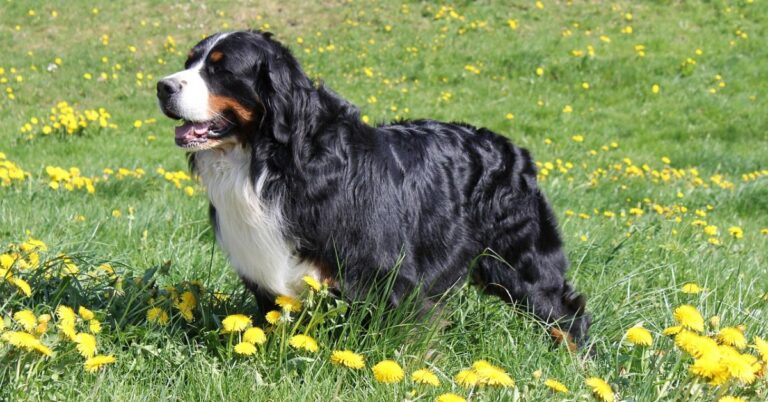Why The Ethiopian Wolf Is Africa’s Most Extraordinary Canid
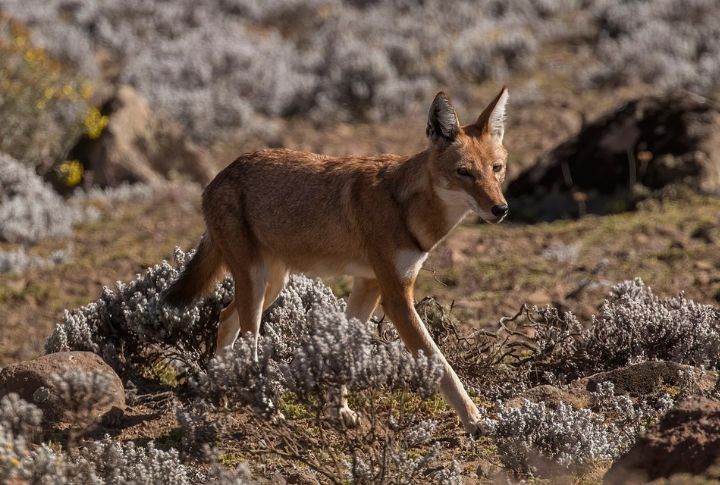
Clinging to life on mountaintops few humans ever see, the Ethiopian wolf plays by rules written by isolation and evolution. It doesn’t roar or stalk in packs like its cousins, but its presence rewrites the idea of survival. Take a closer look at what makes it extraordinary.
A Specialist In The Afro-alpine Ecosystem

Perched above 3,000 meters, this predator depends on Ethiopia’s Afroalpine zones to survive. It has uniquely adapted to these chilly, rodent-rich grasslands. Unlike generalist hunters, it zeroes in on a single ecological niche. Any disruption to this delicate elevation-dependent habitat could spell serious trouble for its future.
Diet Dominated By Rodents
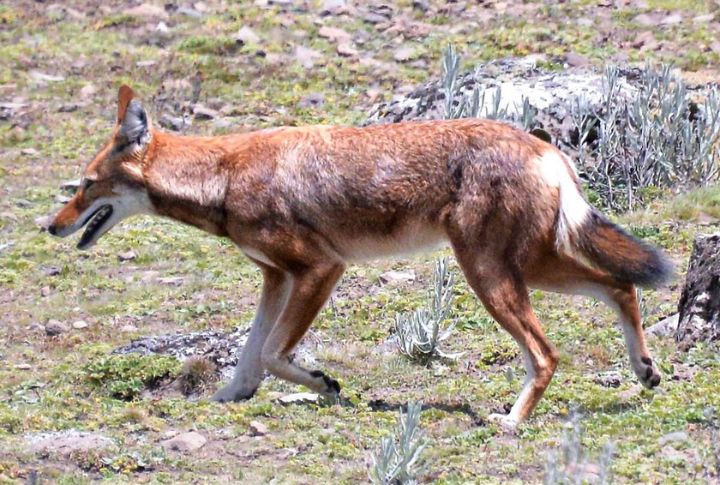
Have you seen a carnivore that basically eats one thing? This is one of them. Over 90% of its menu is rodent-based, with mole rats and grass rats leading the charge. That hyper-focused diet plays a vital ecological role in keeping rodent populations in check and reducing crop impact for nearby farming communities.
Genetically Distinct Yet Evolutionarily Isolated
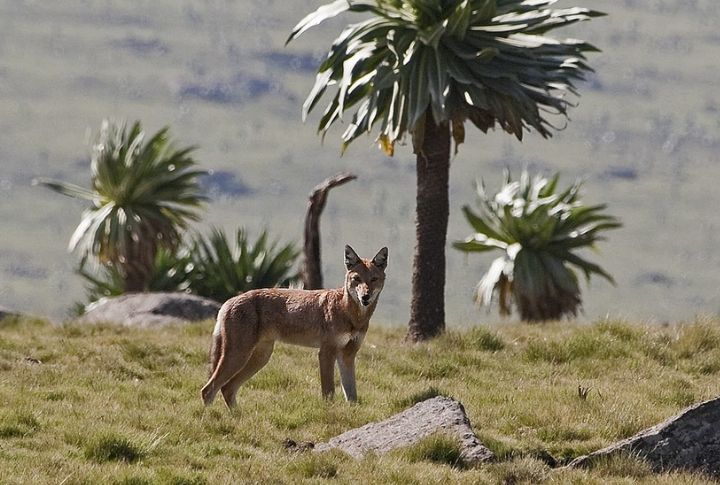
Despite being part of the Canis genus, the Ethiopian wolf branched off from a common ancestor over 100,000 years ago. Genetic studies suggest it arrived from Eurasia and adapted in isolation. A long separation like this makes it Africa’s rarest and most evolutionarily distinct canid species that are still alive today.
Solitary Hunter And A Social Resident

Alone by day, together by night. This wolf prefers solo hunts for precision and silence but returns to a tight-knit group at night. Within the pack, social bonds run deep since cooperation is key for the defense and care of the young.
Unique Reproductive Behavior
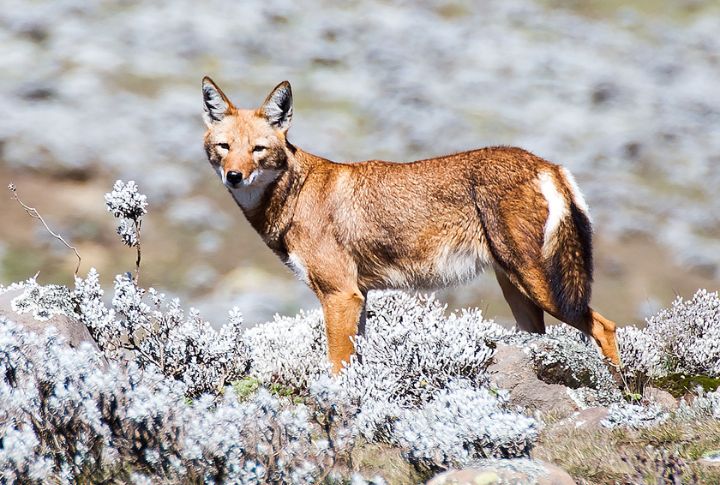
Only one female gets the right to mate, and she rules the den. In this system, called cooperative breeding, subordinates help raise pups instead of competing to breed. It’s a model of efficient survival, limiting conflict while ensuring the next generation receives focused attention and protection.
Threatened By Disease Transmission
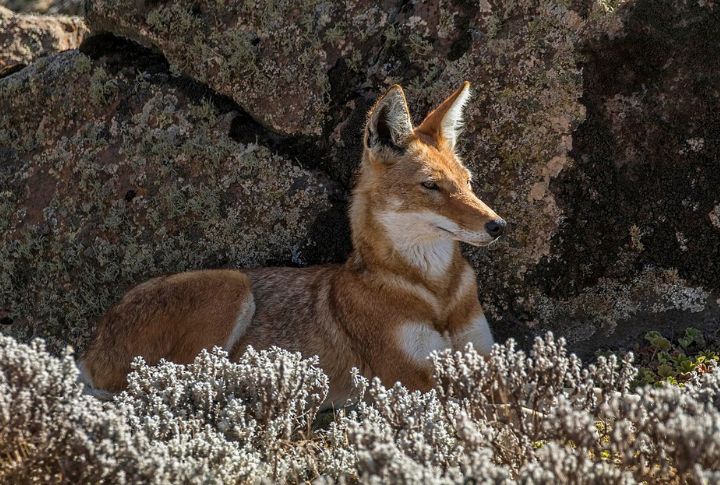
Rabies can wipe out half a pack in a week. Domestic dogs from nearby villages carry deadly pathogens like canine distemper, which spread rapidly among wolves. Without sustained vaccination programs and dog management, a single outbreak could reduce local populations by over 75% in months.
Distinctive Physical Appearance
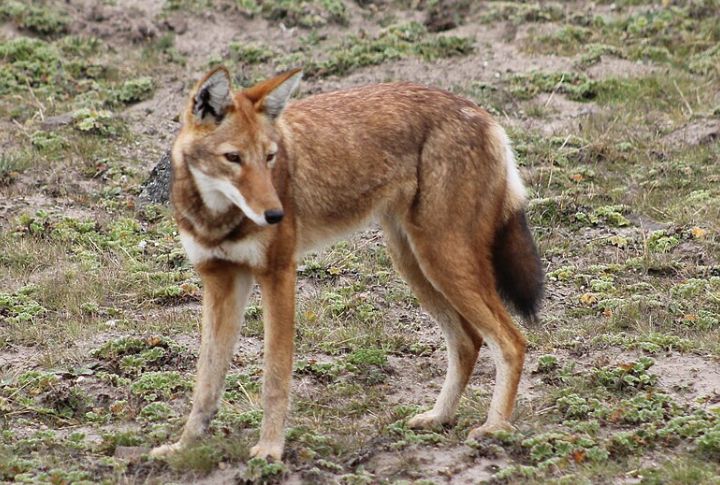
Slim limbs, long snout, reddish fur, and a white underbelly—no one confuses it with a gray wolf. It looks more like a fox at first glance. These features reflect its evolutionary adaptation to alpine hunting in wide, open grasslands.
Vocal Communication For Territory Defense
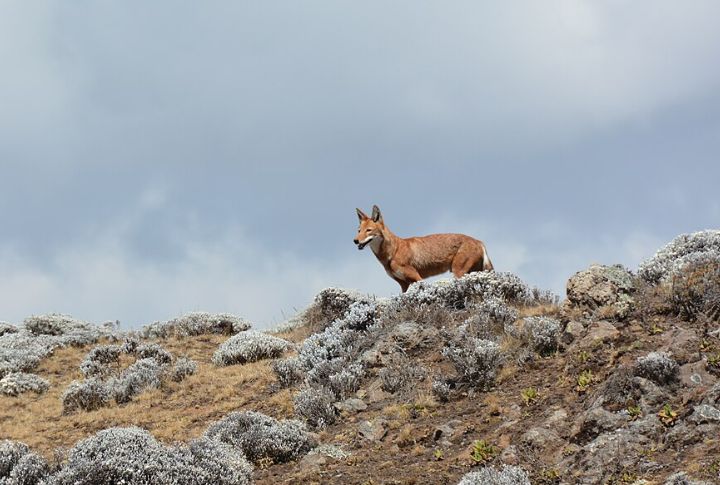
Howls slice through the thin mountain air—these aren’t random sounds. Ethiopian wolves use varied calls to mark territory or regroup. Unlike most wolves that vocalize at night, they call during the day, adapting to high-altitude life. It’s their alpine version of a neighborhood watch system.
Conservation Efforts In Place
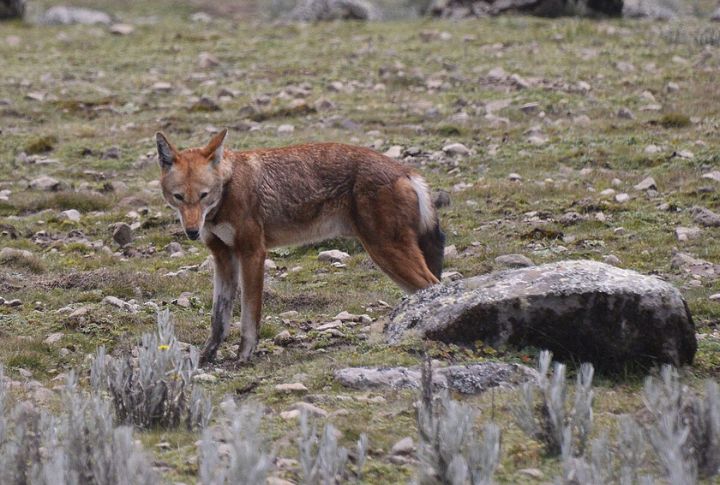
Keeping things from falling apart isn’t easy at 10,000 feet. Conservation crews work year-round, tracking wolves and making sure locals know why it matters. Without their hustle, you’d be looking at photos of a species that used to exist instead of one that’s still hanging on.
Cultural Significance In Local Folklore

Long before scientists tracked it, the Ethiopian wolf prowled the imaginations of highland communities. Local legends often portray it as a guardian spirit or omen. These traditional beliefs—sometimes protective, sometimes fearful—add a human dimension to the species’ long-standing presence on the plateau.

